Coordination In Plants
Key Notes:
Definition of Coordination
- Coordination in plants refers to the regulatory mechanisms that control growth, development, and responses to environmental stimuli.
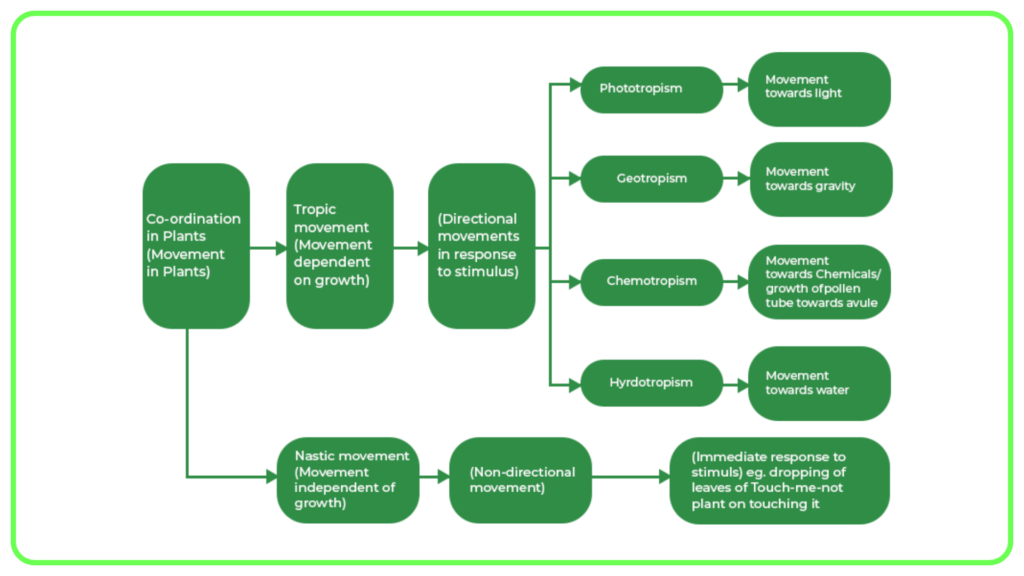
Types of Coordination
- Tropic Responses: Directional growth responses toward or away from stimuli (e.g., phototropism toward light, gravitropism toward gravity).
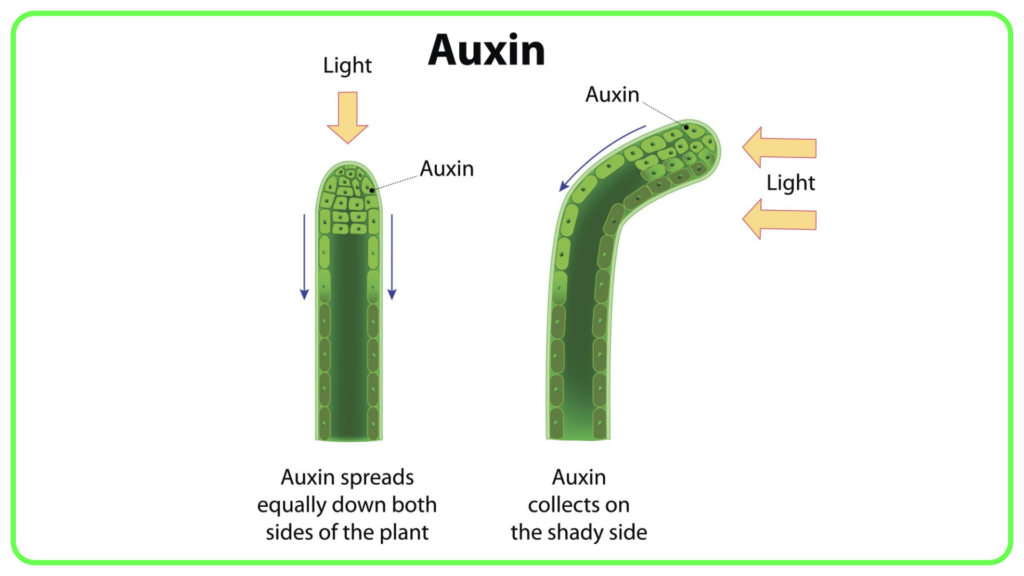
- Nastic Responses: Non-directional responses to stimuli, such as the opening and closing of flowers or leaves (e.g., thigmonasty in Mimosa pudica when touched).
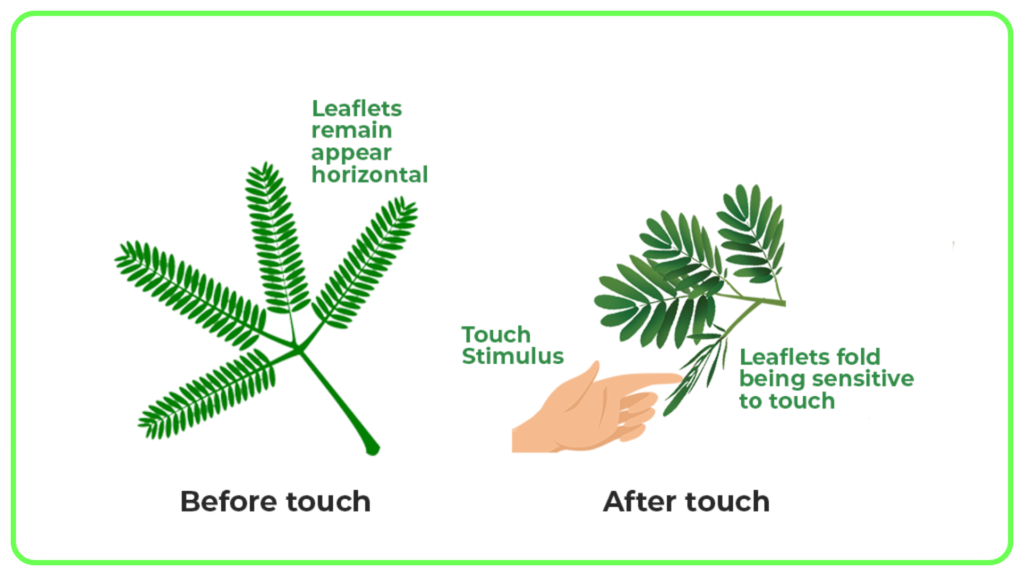
Hormones in Plant Coordination
- Auxins: Promote cell elongation and are involved in phototropism and gravitropism.
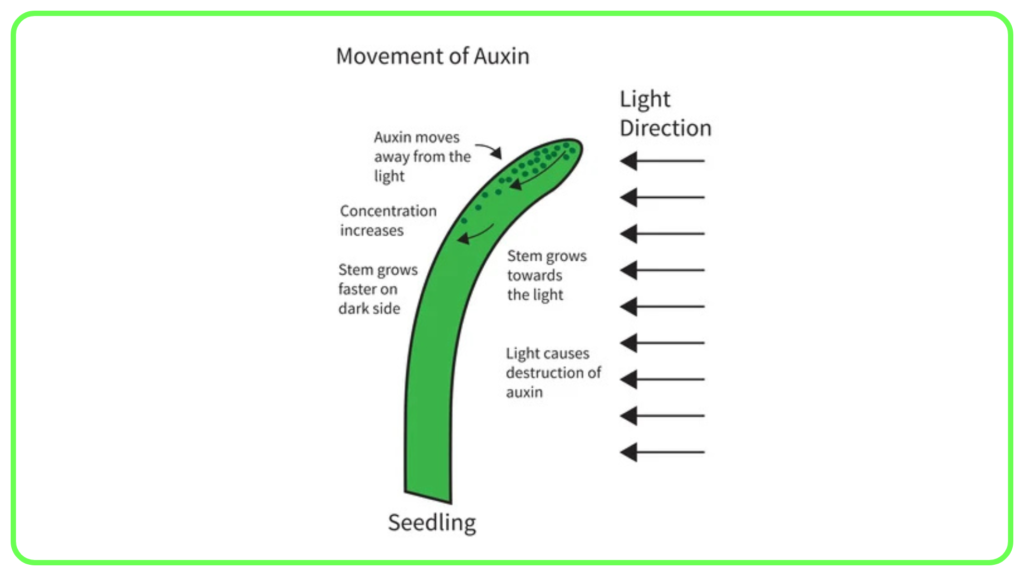
- Gibberellins: Stimulate stem elongation, seed germination, and flowering.
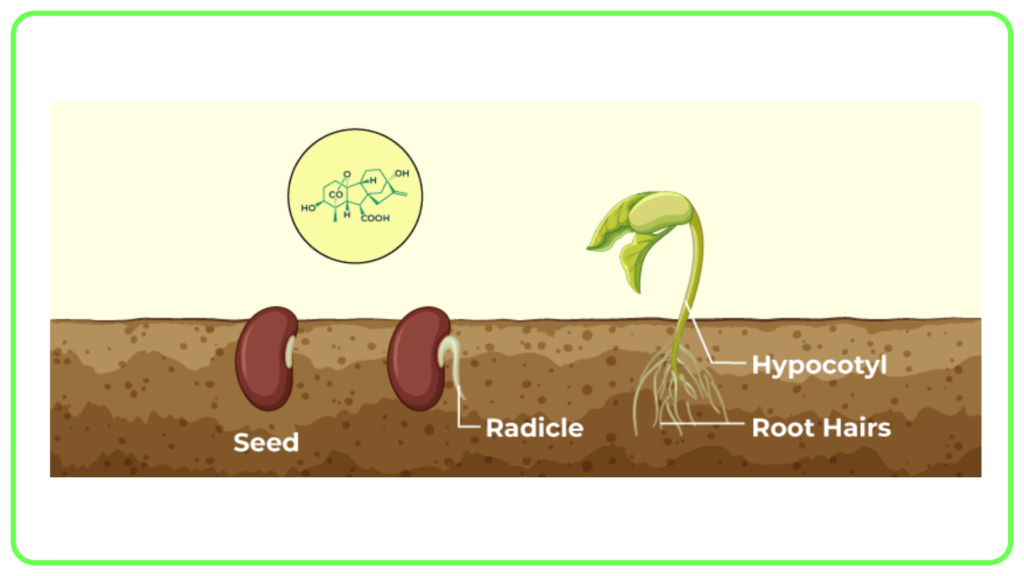
- Cytokinins: Promote cell division and influence shoot and root growth.
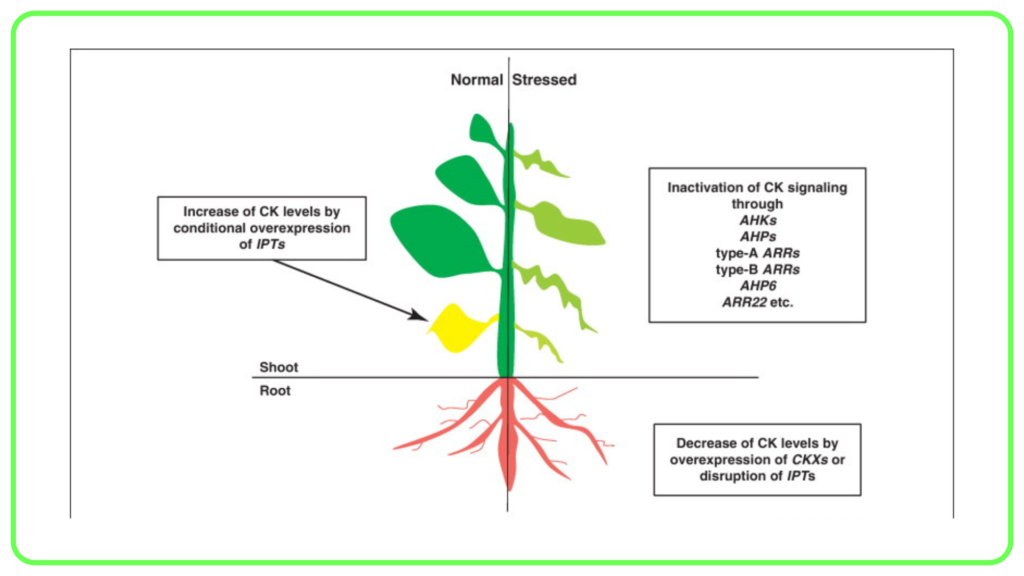
- Abscisic Acid (ABA): Involved in stress responses, such as closing stomata during drought.
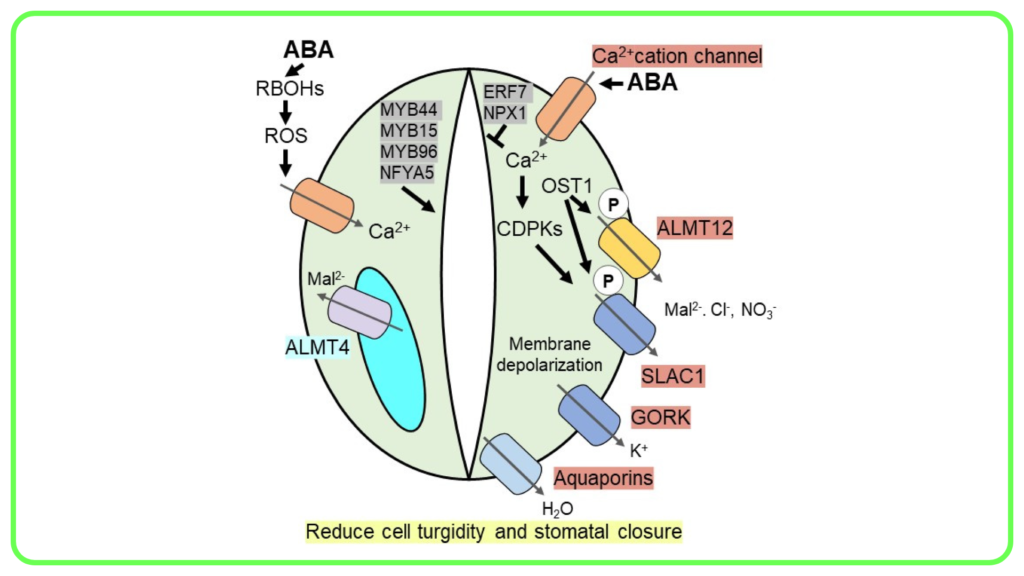
- Ethylene: Regulates fruit ripening and leaf abscission.
Mechanisms of Coordination
- Signal Transduction Pathways: Hormones trigger responses in target cells through signaling pathways, leading to changes in gene expression and physiological responses.
- Feedback Mechanisms: Help maintain homeostasis by regulating hormone levels and responses (e.g., when a plant’s water needs are met, ABA levels decrease).
Environmental Factors Influencing Coordination
- Light: Influences phototropism and the production of chlorophyll; plants can detect light direction and intensity.
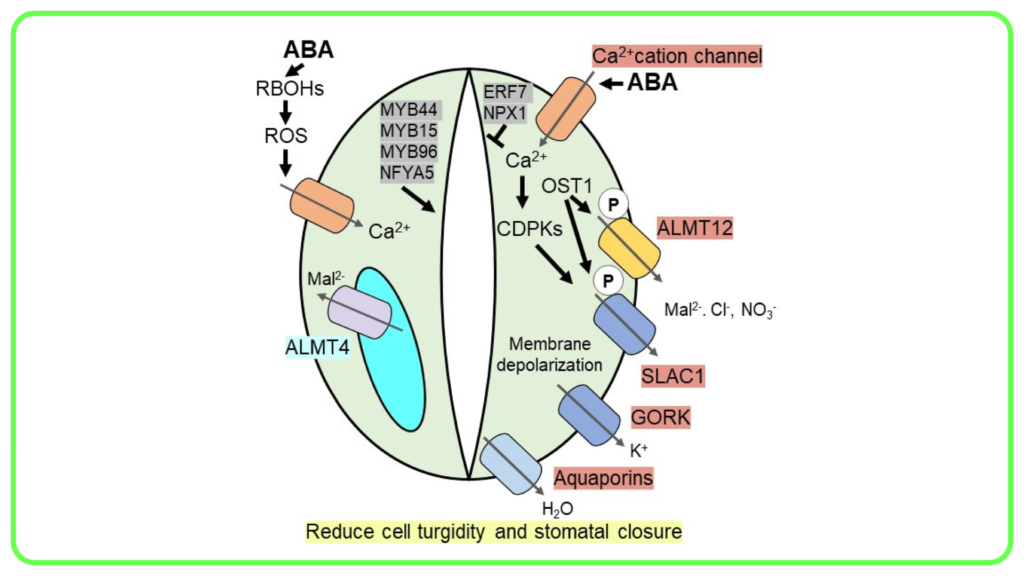
- Gravity: Affects root and shoot orientation; roots grow down (positive gravitropism), while shoots grow up (negative gravitropism).
- Touch: Can trigger responses in certain plants, such as the folding of leaves in response to touch.

Importance of Coordination in Plants
- Enables plants to adapt to their environment, maximizing survival and reproductive success.
- Plays a critical role in processes like flowering, fruiting, and responses to stress.
Examples of Plant Coordination
- Phototropism: Plants bending toward a light source.
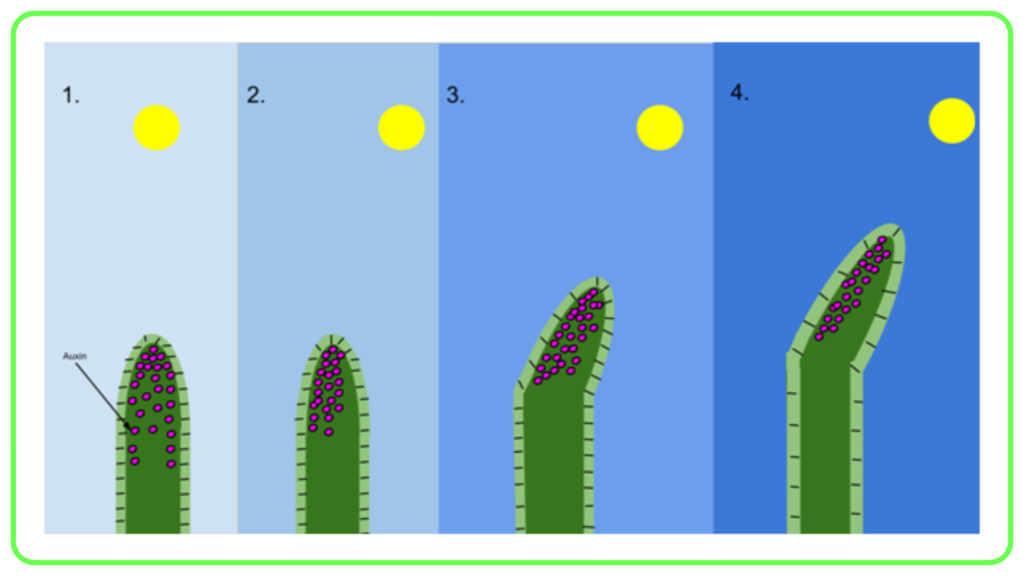
- Gravitropism: Roots growing downward in response to gravity.
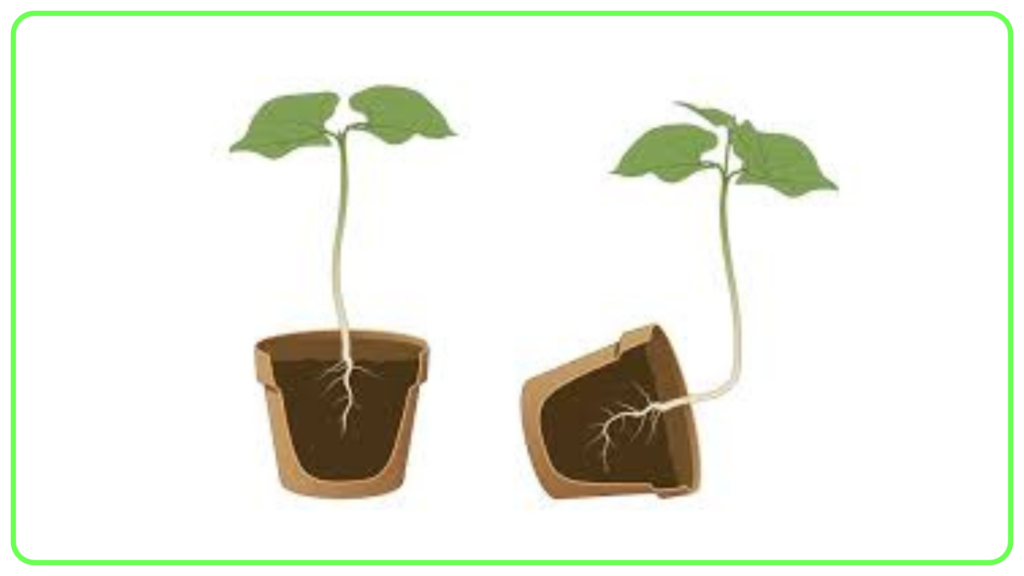
- Thigmotropism: Climbing plants wrapping around supports when they come into contact.
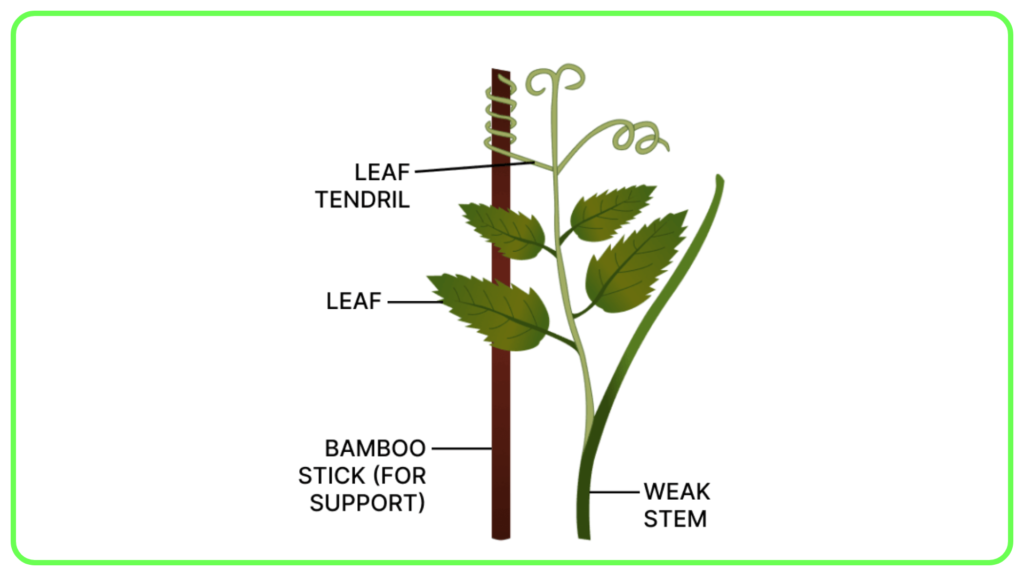
Let’s practice!

